May 2023 Newsletter
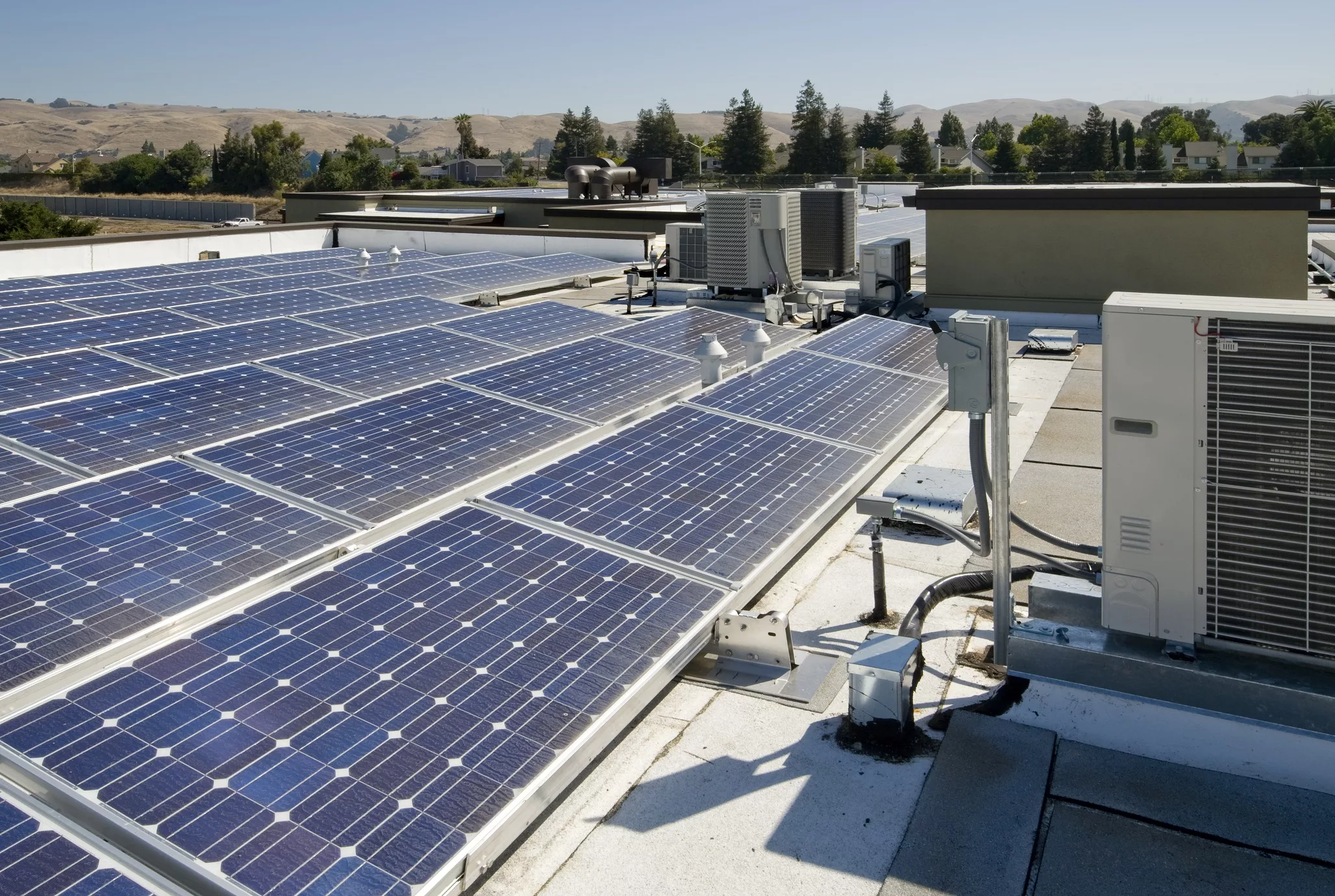
TBL Fund Experts Weigh In: Driving Energy Retrofits in Multifamily Affordable Housing
Lee Alexander | Finance Manager
Mr. Alexander supports TBL Fund by developing and executing corporate strategic initiatives relating to risk and compliance to facilitate growth and to drive process improvements and operational efficiencies.
A blog published through the U.S. Dept. of Energy’s Better Buildings Solution Center discussed the value of leveraging financing and renovation events to drive low-income multifamily housing energy retrofits. Key considerations include:
- Building owners of multifamily affordable housing (MFAH) are more able to consider investing in energy efficiency and renewable energy during times when major renovations are being planned.
- A capital needs assessment (CNA) is a valuable tool—it is a property inspection to estimate the cost of maintaining it over a 5- to 20-year time span that sets a budget and brings up immediate needs.
- Energy improvements that reduce operating costs can be identified and included in the standard refinancing or recapitalization process by evaluating energy efficiency and renewable energy opportunities before or during the CNA. Programs that offer free energy assessments and efficiency measures in this process can be ratepayer-funded, state-funded, or a combination of the two. Read more here
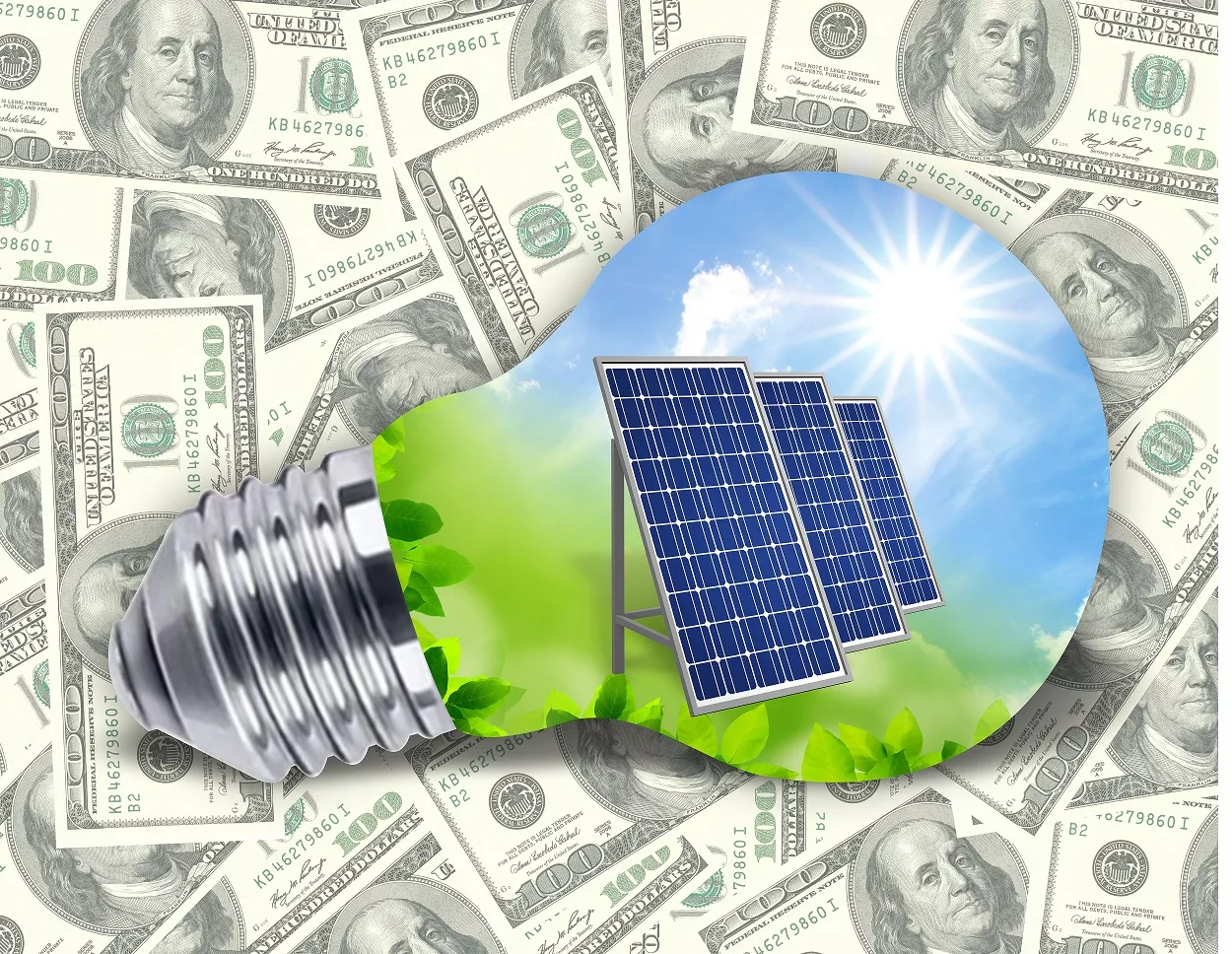
NHT launches Inflation Reduction Act boot camps for housing finance agencies and multifamily affordable housing providers
With generous support from Wells Fargo Foundation, National Housing Trust (NHT) is pleased to support the implementation of the Inflation Reduction Act by launching a new technical assistance program to support housing finance agencies and multifamily affordable housing providers. NHT’s 2023 IRA Bootcamps will be launched in May and will provide targeted support for state agencies and affordable housing owners/developers on the benefits of climate-resilient and decarbonized housing, how to best access and implement IRA programs, and how to center residents’ needs in the process.
The IRA Bootcamps will provide free customized support and peer learning opportunities for all participants. For housing providers, NHT’s Energy Solutions team will provide customized assessments of their housing portfolios to identify opportunities for investment opportunities best suited to access IRA funds. Read more here

The U.S. Environmental Protection Agency (EPA) announced the selection of 17 Environmental Justice Thriving Communities Technical Assistance Centers (EJ TCTACs) in partnership with the U.S. Department of Energy that will receive $177 million to help underserved and overburdened communities across the country access funds from President Biden’s Investing in America agenda, including historic investments to advance environmental justice.
Administrator Regan announced the 17 technical assistance centers on the Biden-Harris Administration’s Investing in America tour in New York City, New York with Congressman Adriano Espaillat (NY-13) and WE ACT for Environmental Justice Co-Founder & Executive Director Peggy Shepard, highlighting the President’s historic investments in environmental justice. From day one of his administration, President Biden made achieving environmental justice a top priority. Read more here
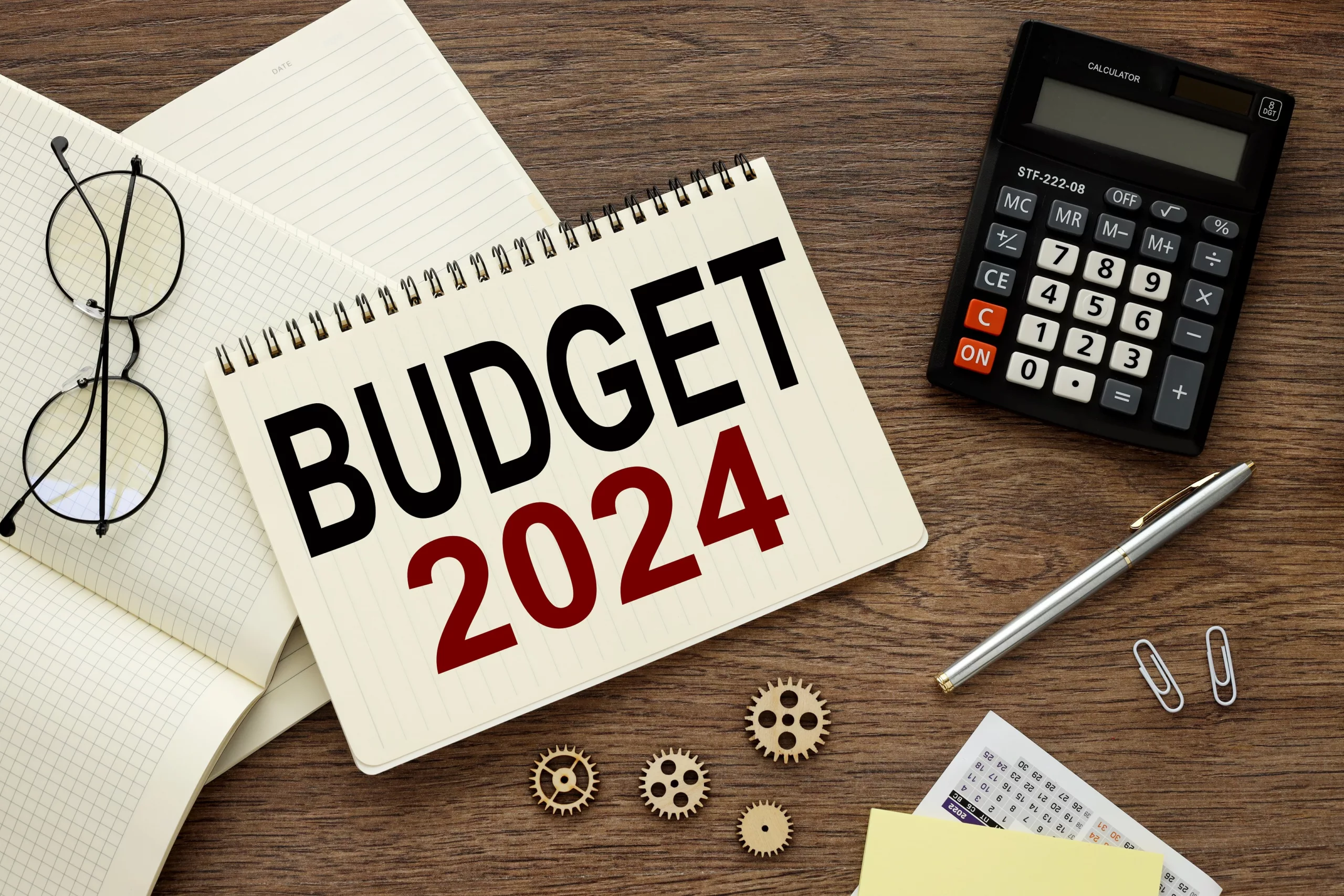
ICAST Policy Blog
White House Announcements
U.S. Government Draft Budget Proposals Released for Fiscal Year 202
In the President's Budget Message, President Biden states his budget goals to continue lowering costs like affordable housing, home energy bills, and more. Budget Highlights include:
Department of Energy (DOE):
- $11.9B in climate and clean energy research development, demonstration, and deployment to achieve a 50-52% reduction from 2005 levels in economy-wide net greenhouse gas pollution in 2030 and net-zero emissions economy-wide by no later than 2050 while also cutting energy bills for American families
- Nearly $2B to support clean energy workforce and infrastructure projects
- $425M to weatherize and retrofit homes of low-income Americans
- $83M to electrify tribal homes and transition tribal colleges and universities to renewable energy
- $107M for the Grid Deployment Office to support utilities and State and local governments in building a grid that is more secure, reliable, and resilient and that integrates increasing levels of renewable energy
Department of Housing and Urban Development (HUD):
- $1.8B for the HOME Investment Partnerships Program to construct and rehabilitate affordable rental housing and provide homeownership opportunities
- $3.2B for Public Housing modernization
- $300M to improve the energy efficiency, climate resilience, and physical condition of the Public Housing stock
House Republican Leadership has proposed budget cuts on HUD programs. The impact of these cuts is detailed in a letter by HUD Secretary Marcia Fudge (provided here). Contact your Federal Representatives if you want to weigh in on this issue. Read more here
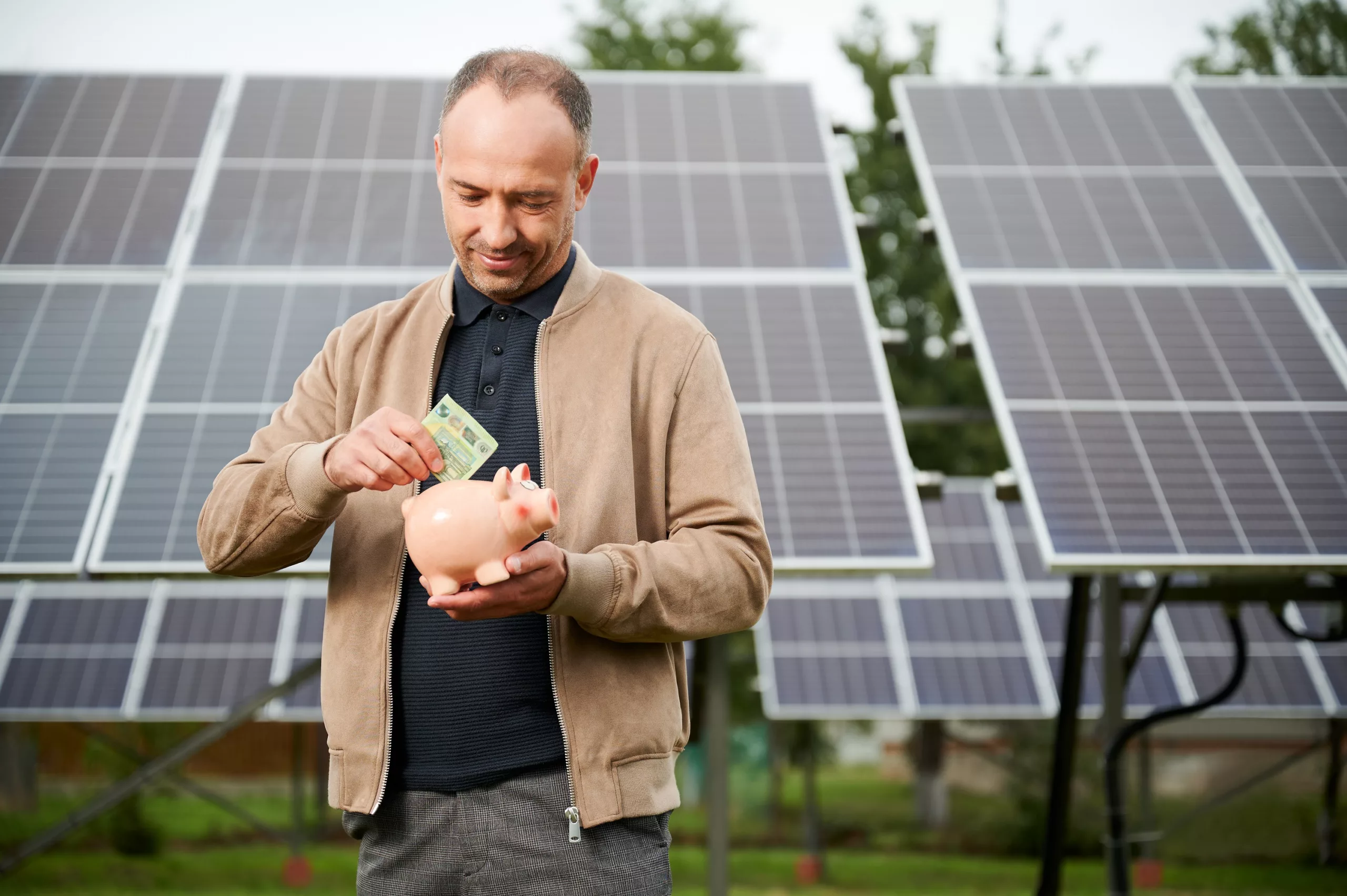
Leveraging Federal, State, and Utility Incentives to Fund Solar
With the Inflation Reduction Act (IRA) and Bipartisan Infrastructure Law (BIL), the business case for solar-for-multifamily affordable housing is the best it’s ever been. Multifamily properties can leverage Solar Photovoltaic (PV) (and energy storage) to cut utility bills and/or bridge financing gaps.
The IRA increases the baseline Solar Investment Tax Credit (ITC) to 30 percent and offers bonus ITC for various conditions. For example, multifamily properties can receive a 20 percent bonus ITC if they share over 50 percent of utility savings with their tenants. ITCs can be braided with other credits (e.g., Low-Income Housing Tax Credits, 45L, 179D, etc.) and incentives (e.g., utility rebates or Solar Renewable Energy Credits (SRECs)). Further, they can be transferred to third parties and nonprofits can claim them as cash from the U.S. Treasury Department. Read more here
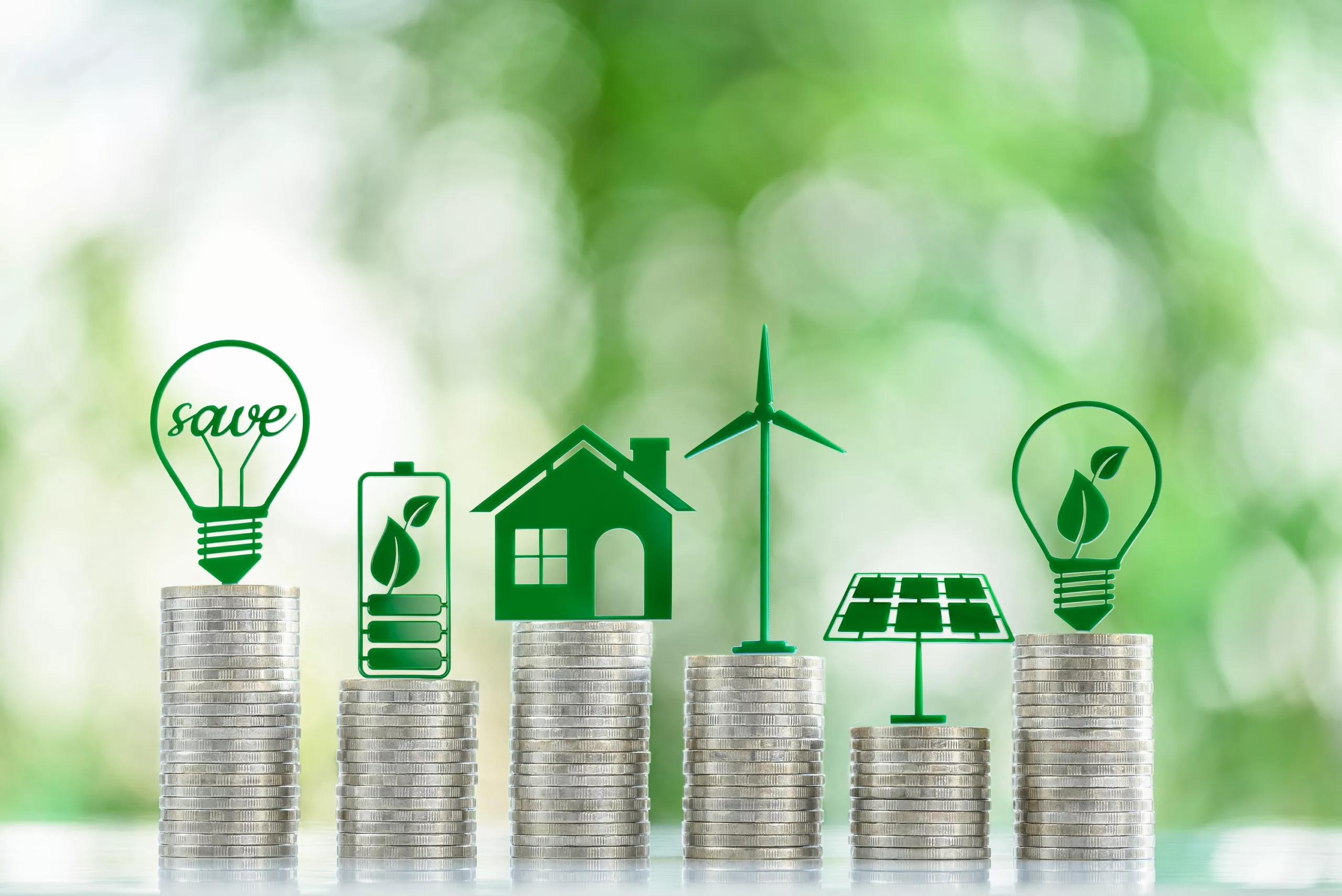
Clean Energy Financing Insights – Why Green Retrofits Offer Better Bang for the Buck
Sign Up for the ICAST Newsletter
